California has completed a significant portion of its high-speed rail project, the Fresno River Viaduct, after spending $11 billion and taking nine years.
This section of the rail is meant to eventually connect San Francisco to Los Angeles but currently stands alone, leading to significant public scrutiny and criticism from high-profile figures.
Elon Musk’s Reaction to the Viaduct

Elon Musk responded to the completion of the Fresno River Viaduct with just a sad, crying emoji, perfectly capturing the sentiment around this seemingly futile project.
The bridge, part of a plan to connect San Francisco to Los Angeles, now hangs in limbo.
The Scope and Future of the Project
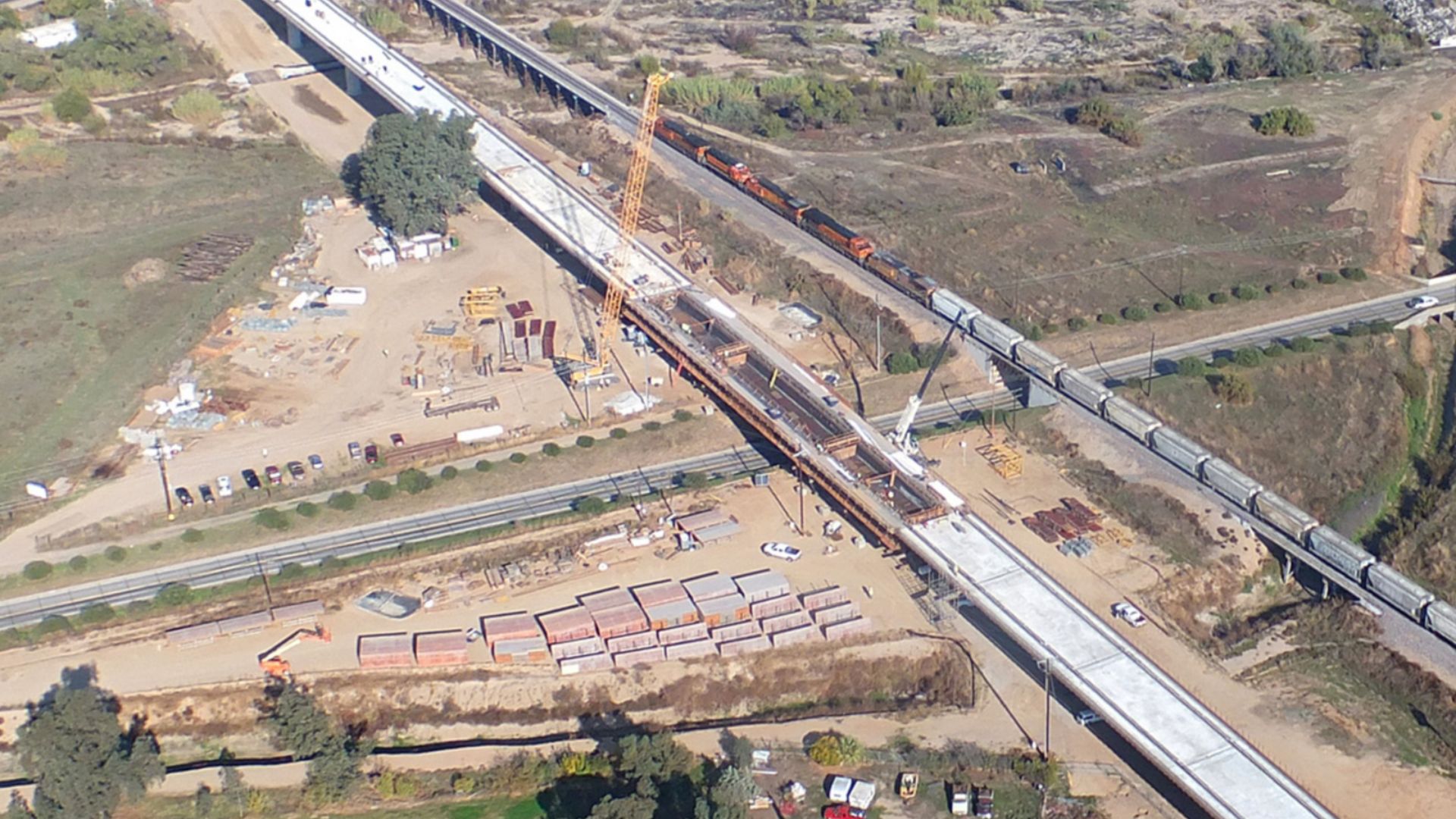
The high-speed rail bridge is just one part of a broader plan to create a high-speed route from Bakersfield north of Los Angeles to Merced, approximately 80 miles from the Bay Area.
Despite already spending $11 billion, the future of this project is uncertain, with discussions about potentially scrapping it altogether.
Billy Markus’s Sarcasm
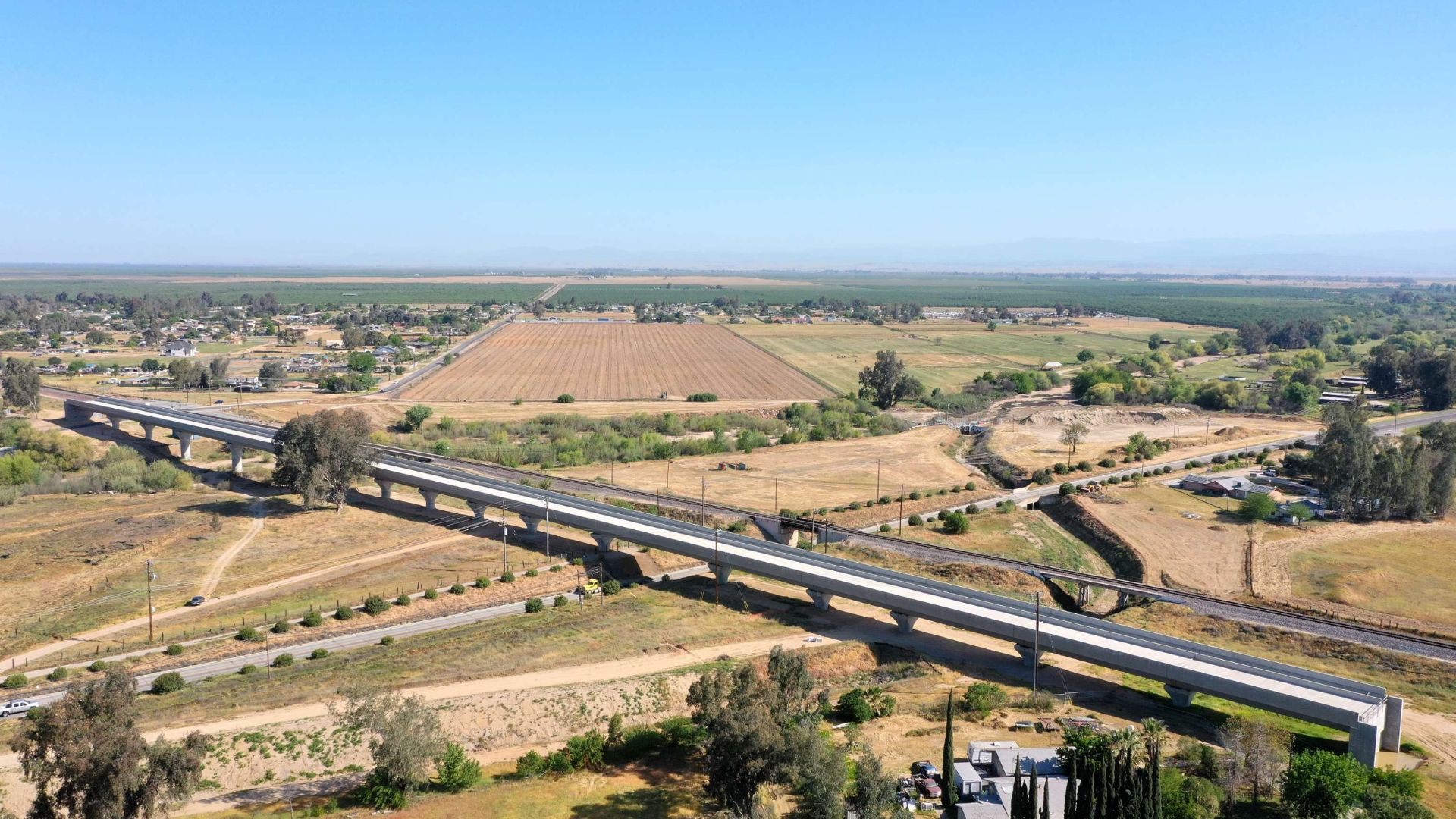
Billy Markus sarcastically hailed the project as “the most remarkable human achievement ever,” on X, formerly known as Twitter.
His biting sarcasm underlines the frustration felt by many watching the project’s slow progress.
The Reality of Walking the Viaduct
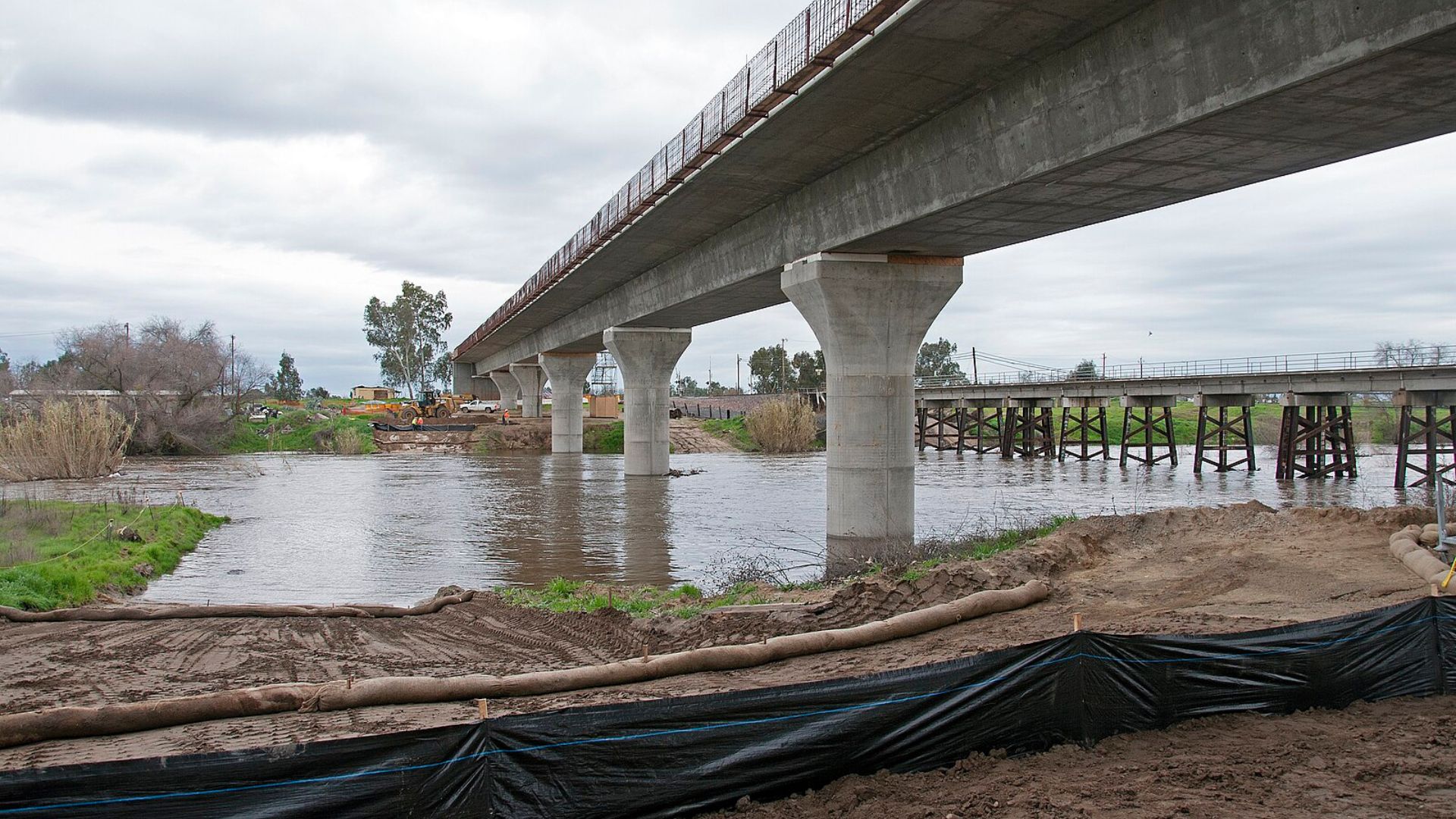
Markus pointed out the absurdity of the project’s scale versus its results.
He said, “1600 feet of high speed rail after 9 years and 11 billion dollars it takes about 5 minutes to walk 1600 feet so a high speed rail for that is a really big deal.”
The Completed Section of the Rail
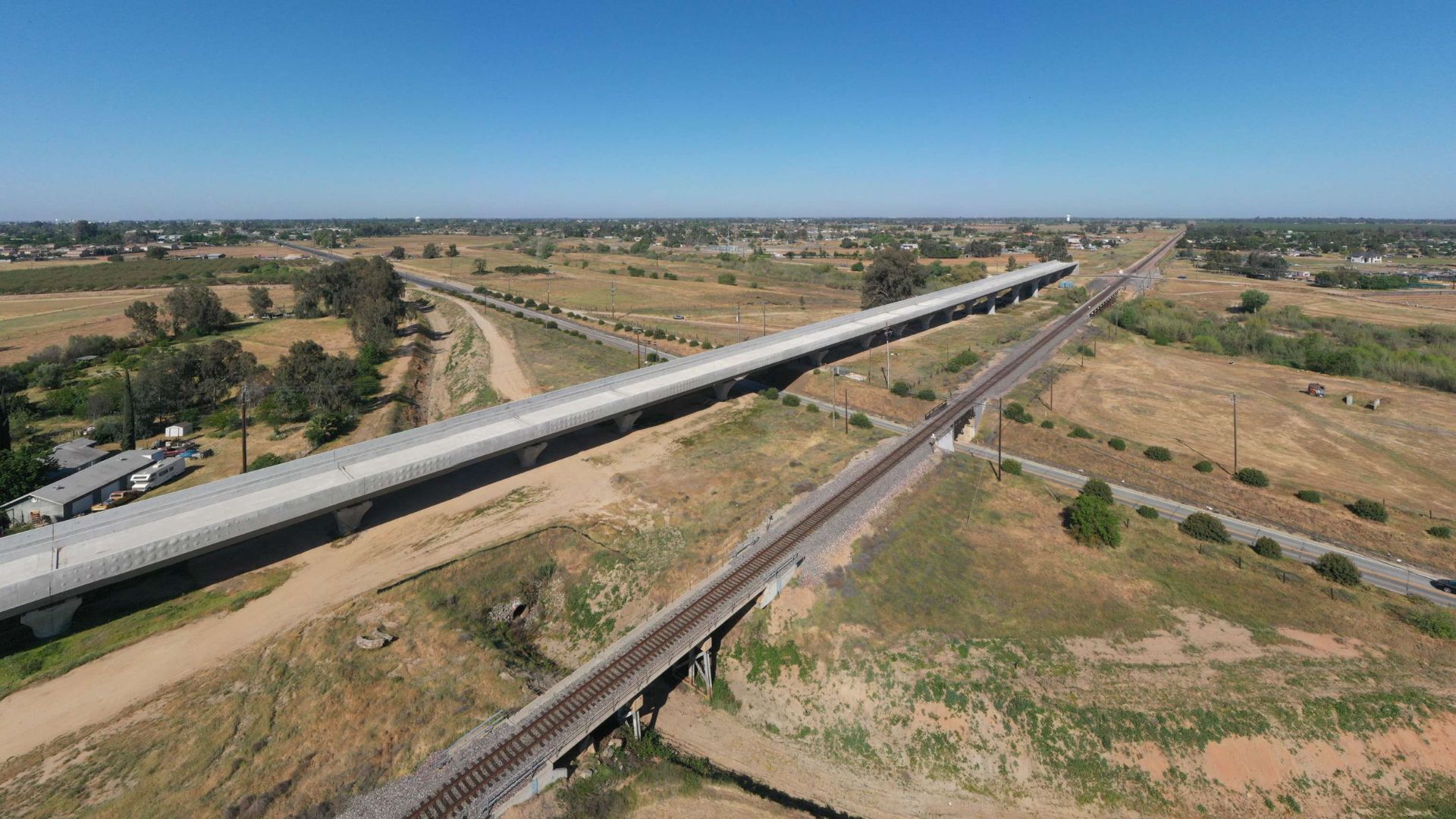
The Fresno River Viaduct, one of the first completed structures of the high-speed rail system, spans nearly 1,600 feet.
This structure is designed to let trains travel over the riverbed and run alongside the BNSF Railroad, yet it stands as a solitary achievement amidst broader project delays.
Public and Prominent Criticism
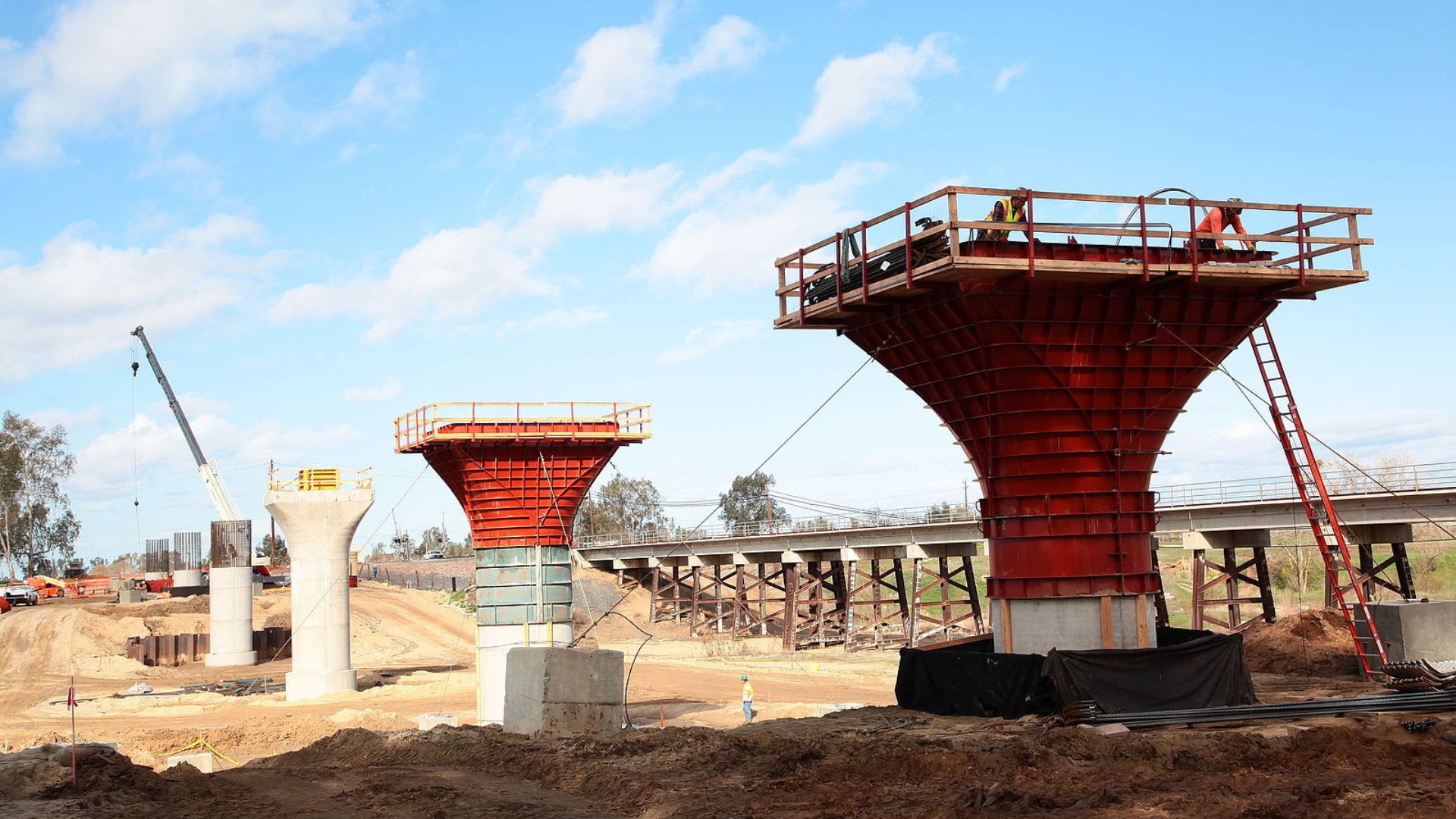
The rail project has been widely criticized for its massive expenditure with minimal progress.
Public figures like Markus have been vocal about their disdain, using platforms like X to share their views, which resonate with many Californians frustrated by the project’s pace and cost.
The Staggering Cost of Incompletion
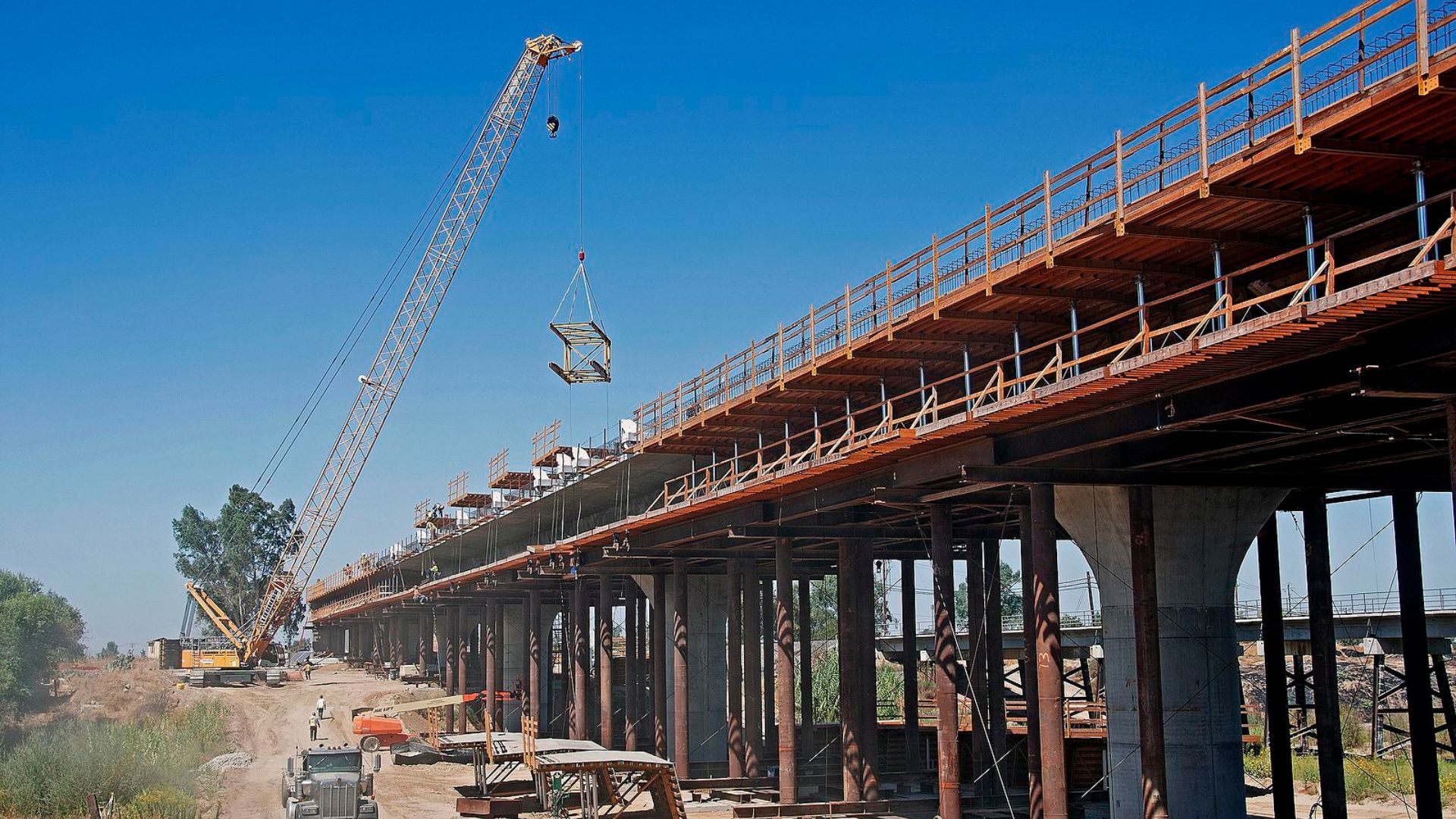
Markus again mocked the slow progression and high costs, sarcastically saying on X, “wow so impressive, can’t wait until year 2400 for this to finish for 700 quadrillion dollars.”
His comment illustrates the public’s skepticism about the completion and financial management of the project.
A Venture Capitalist Weighs In
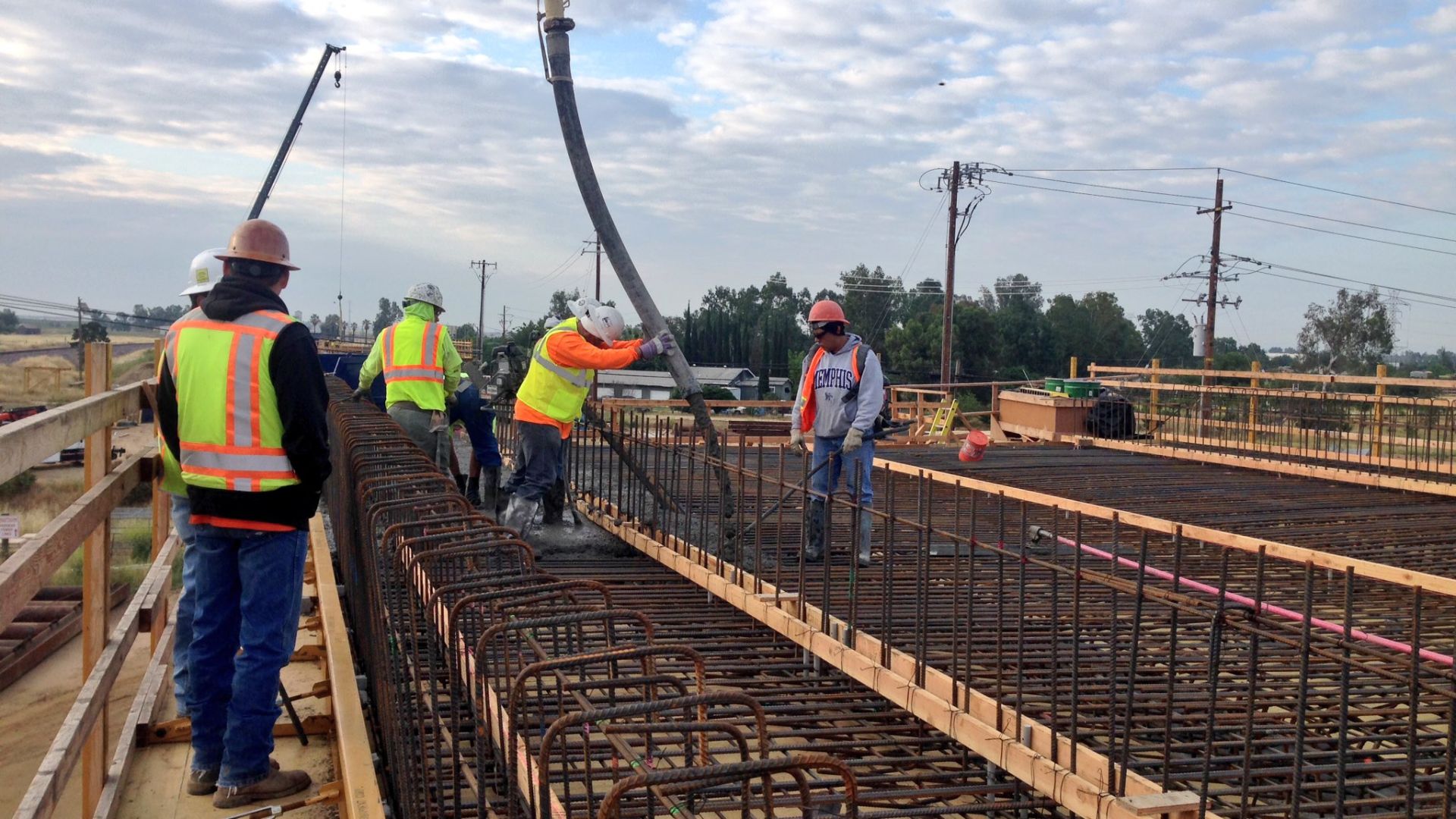
Patrick Blumenthal, a venture capitalist, critiqued the financial inefficiency of the rail project.
He highlighted the disproportionate costs, “0.3 miles completed. After 15 years. After $11.2 BILLION. $36.96 billion per mile,” showcasing the extraordinary expense of the project relative to its progress.
High-Speed Rail Authority’s Statement
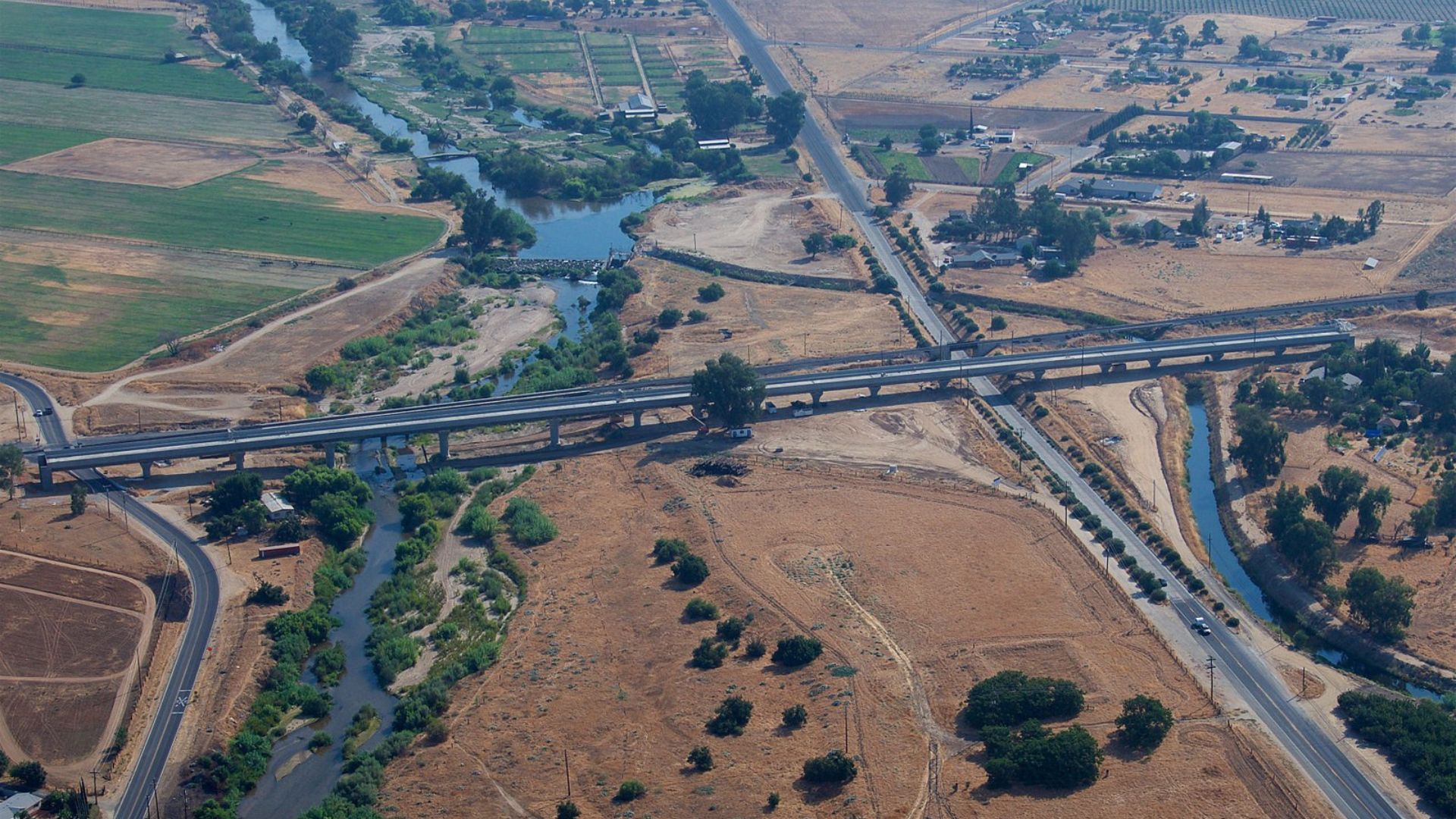
The California High-Speed Rail Authority has attempted to maintain a positive outlook, emphasizing that the Fresno River Viaduct is among the first completed high-speed rail structures in the state.
This statement aims to highlight a milestone in the long-delayed project.
The Project’s Configuration
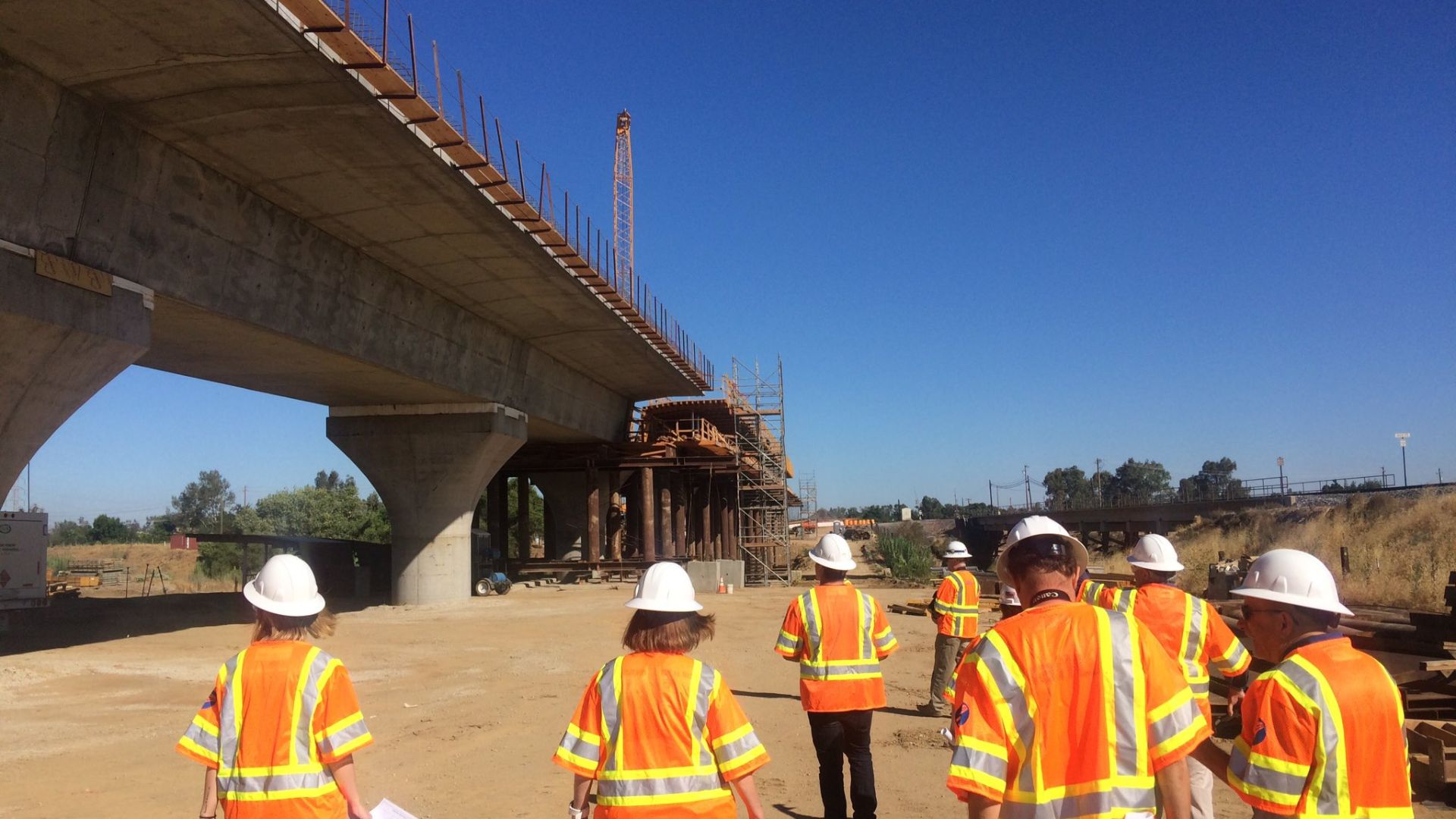
The authority explained that the rail would run parallel with the BNSF Railroad, covering the riverbed area.
This detail was part of the broader strategy to integrate the new high-speed rail with existing transport infrastructures, though the completion of the full route remains uncertain.
The Future of California’s High-Speed Rail
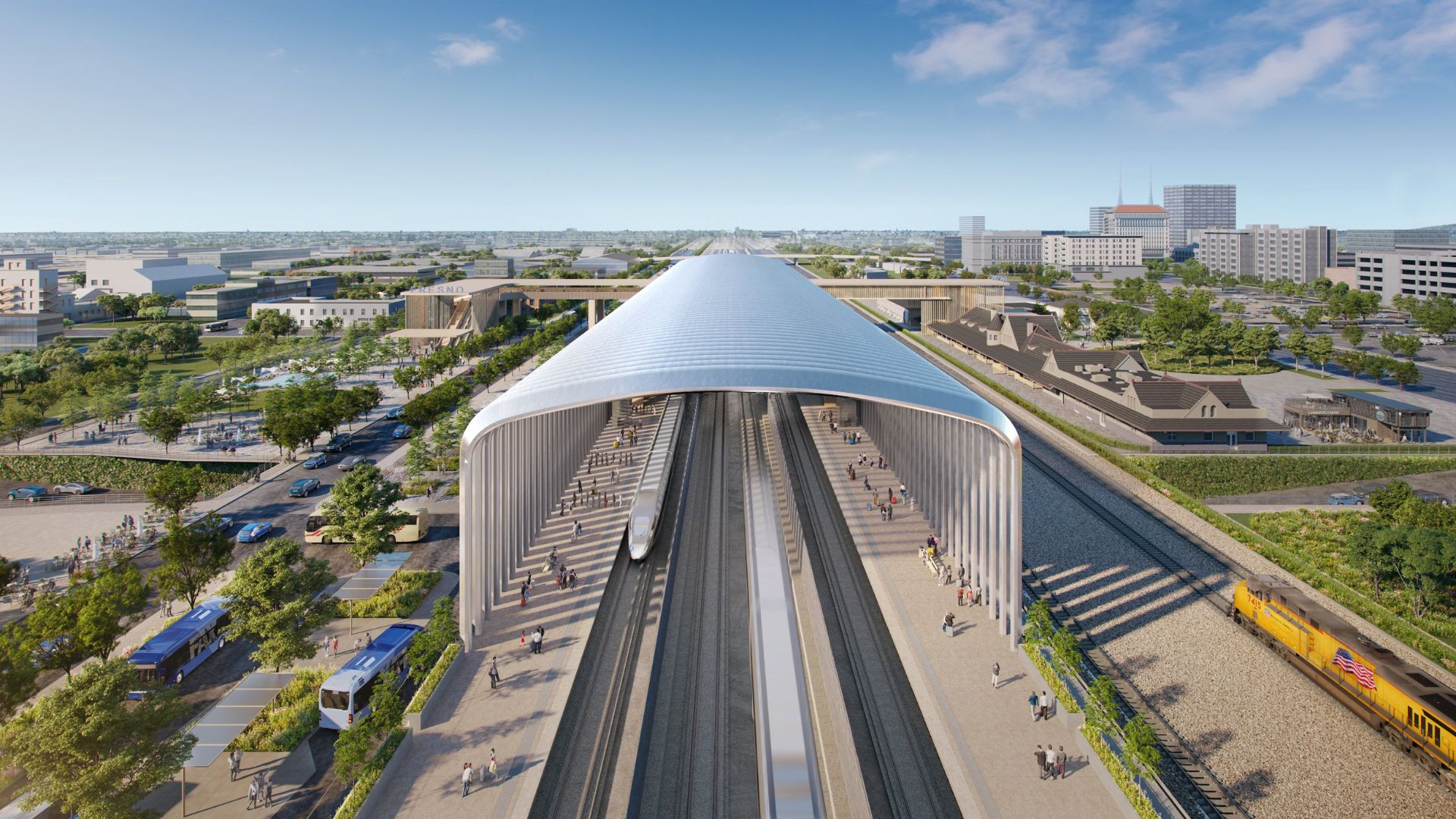
As the high-speed rail project hangs in the balance, the conversation continues about the viability and justification of continuing.
The public and pundits alike are watching closely, waiting to see if this bridge will ever lead to its intended destination.
Global High-Speed Rail Success Stories

Countries like Japan and France showcase successful high-speed rail systems that balance efficiency with sustainability. Japan’s Shinkansen and France’s TGV have set standards in reliability and speed, fundamentally changing travel dynamics in their regions.
These systems emphasize precision engineering and rigorous safety protocols, serving as models for integrating high-speed rail into national transport infrastructures.
Boosting Local Economies Through High-Speed Rail
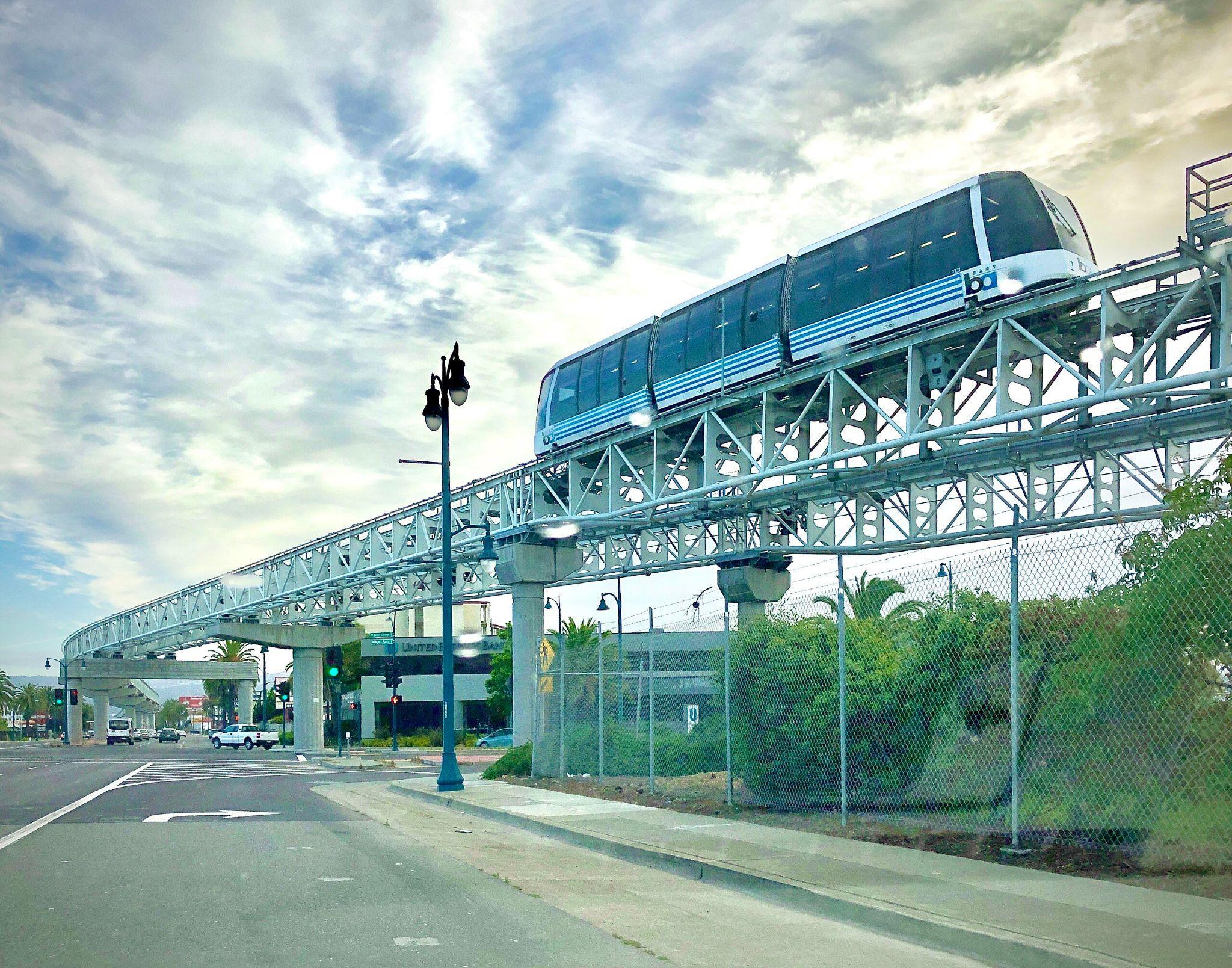
High-speed rail projects have historically led to economic uplift in regions by creating jobs, enhancing property values, and increasing tourism.
For example, the introduction of high-speed rail in certain areas of Europe has revitalized smaller cities by improving accessibility and attracting new businesses.
Environmental Impact of High-Speed Rail
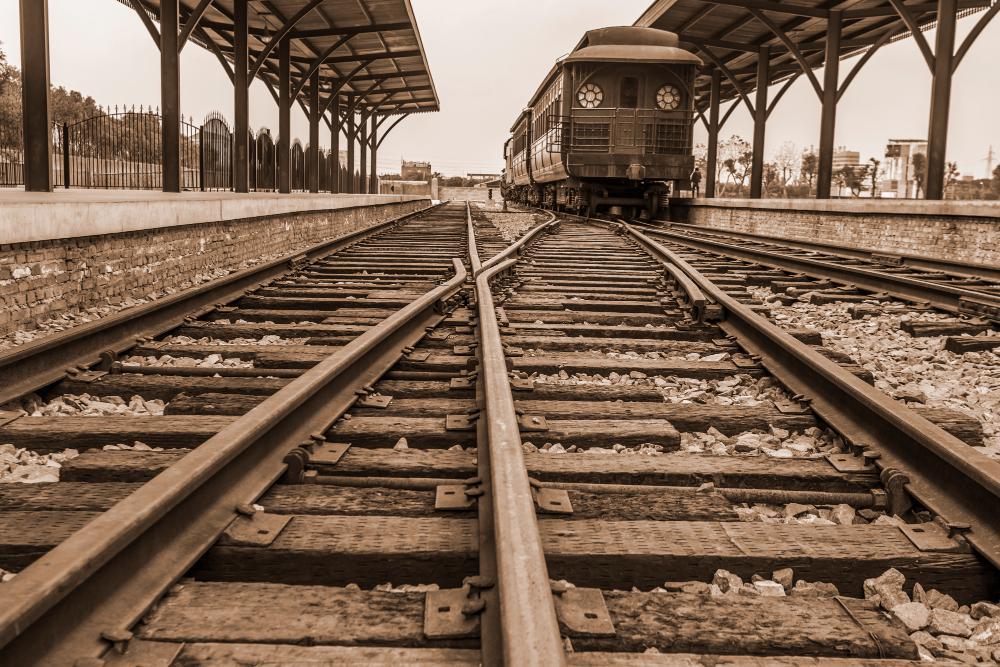
High-speed rail offers a greener alternative to air and road travel, significantly reducing carbon footprints per passenger. However, the construction phase poses challenges like habitat disruption.
Balancing these factors is crucial for sustainable development, making high-speed rail a pivotal part of environmental planning in transportation.
Advancements in Rail Technology
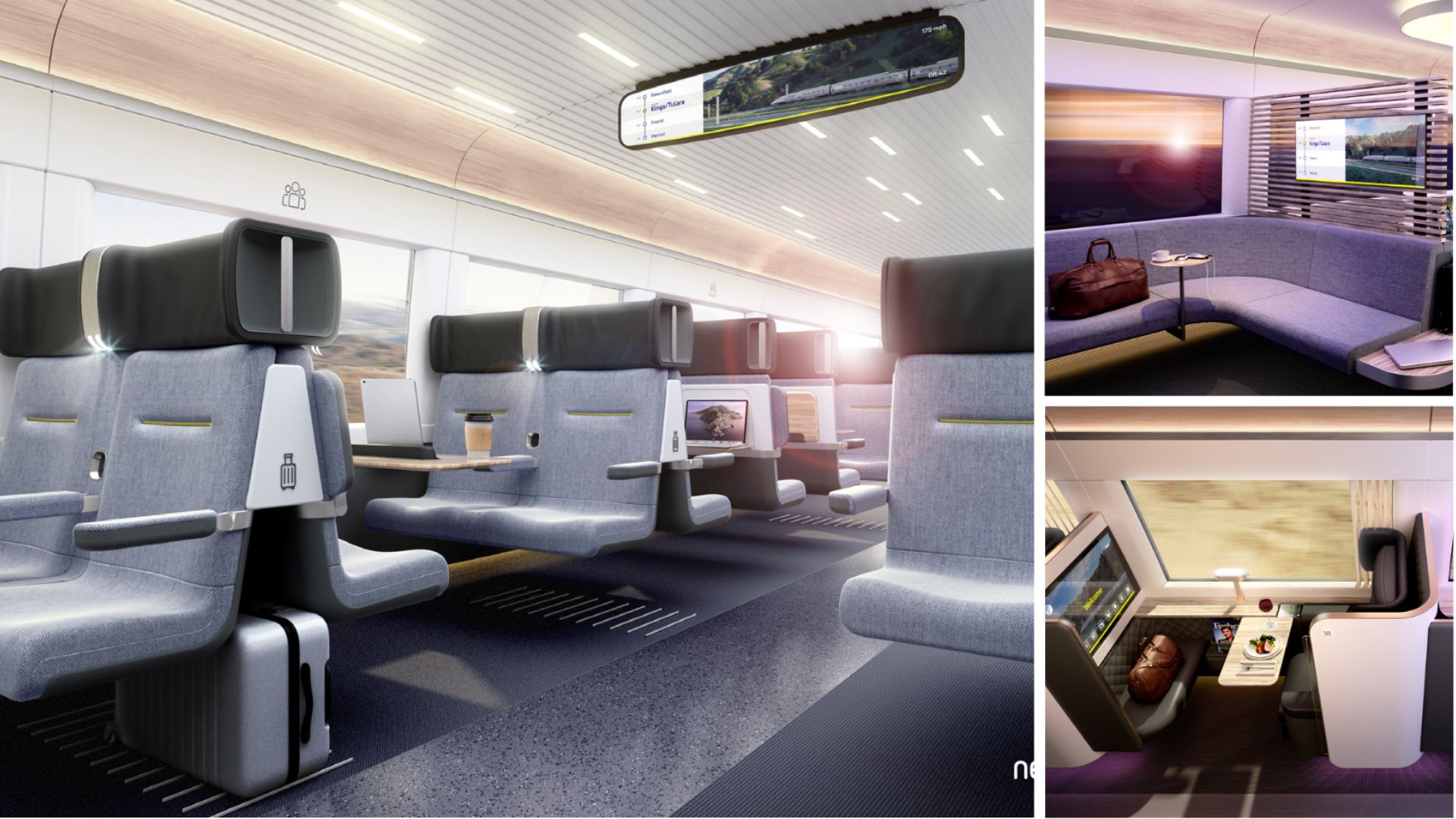
Modern high-speed rail systems incorporate cutting-edge technologies such as magnetic levitation and automated control systems, increasing speed and safety.
These innovations reduce travel time and maintenance costs, presenting a case for their adoption in California’s high-speed rail project.
Innovative Financing Options for Infrastructure

Exploring innovative financing options like green bonds, which are designated for environmentally friendly public sector projects, could provide a substantial boost to funding.
Infrastructure banks and crowd-sourced funding also offer novel ways to accumulate capital, potentially easing the financial burden on taxpayers and speeding up project timelines.
Navigating Political and Policy Landscapes
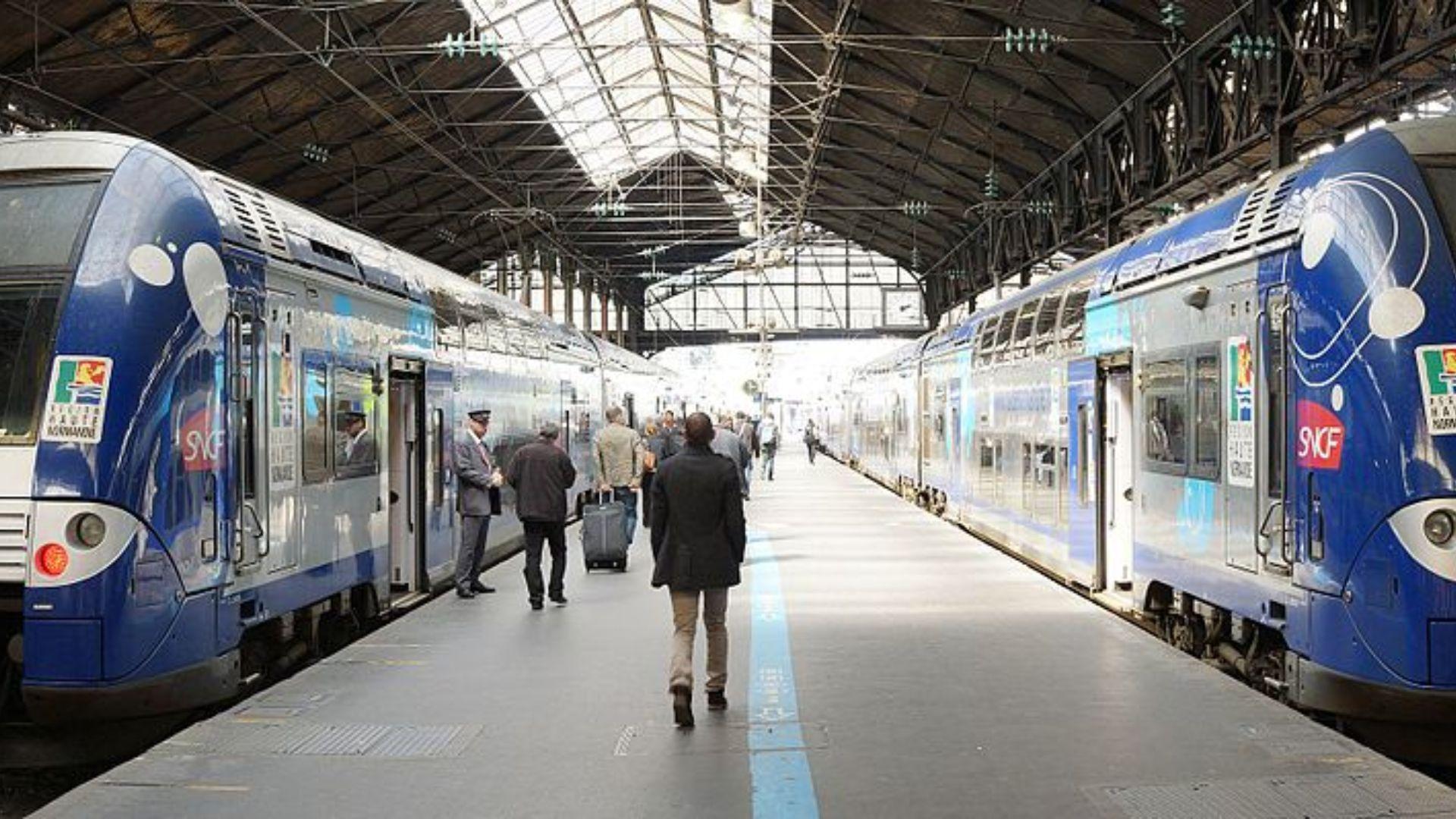
Large-scale infrastructure projects like California’s high-speed rail often face complex legislative environments.
The project has seen various policy shifts and political debates that have influenced its scope and funding, highlighting the need for strategic political engagement and policy adaptability.
Exploring Sustainable Funding Strategies
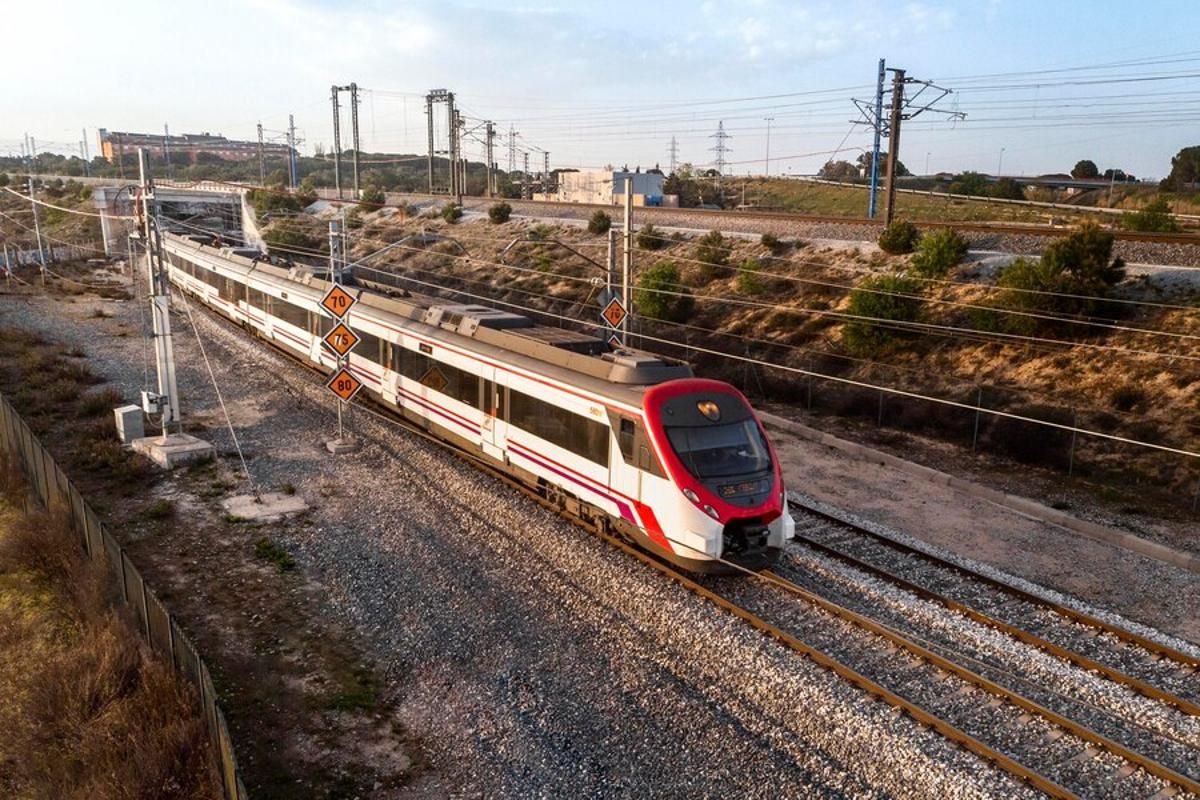
Public-private partnerships and other federal funding initiatives could alleviate financial pressures and ensure the continuation of the high-speed rail project.
Such strategies could provide the necessary capital infusion while distributing the financial risks associated with large-scale infrastructure projects.
Project Management Insights from High-Speed Rail
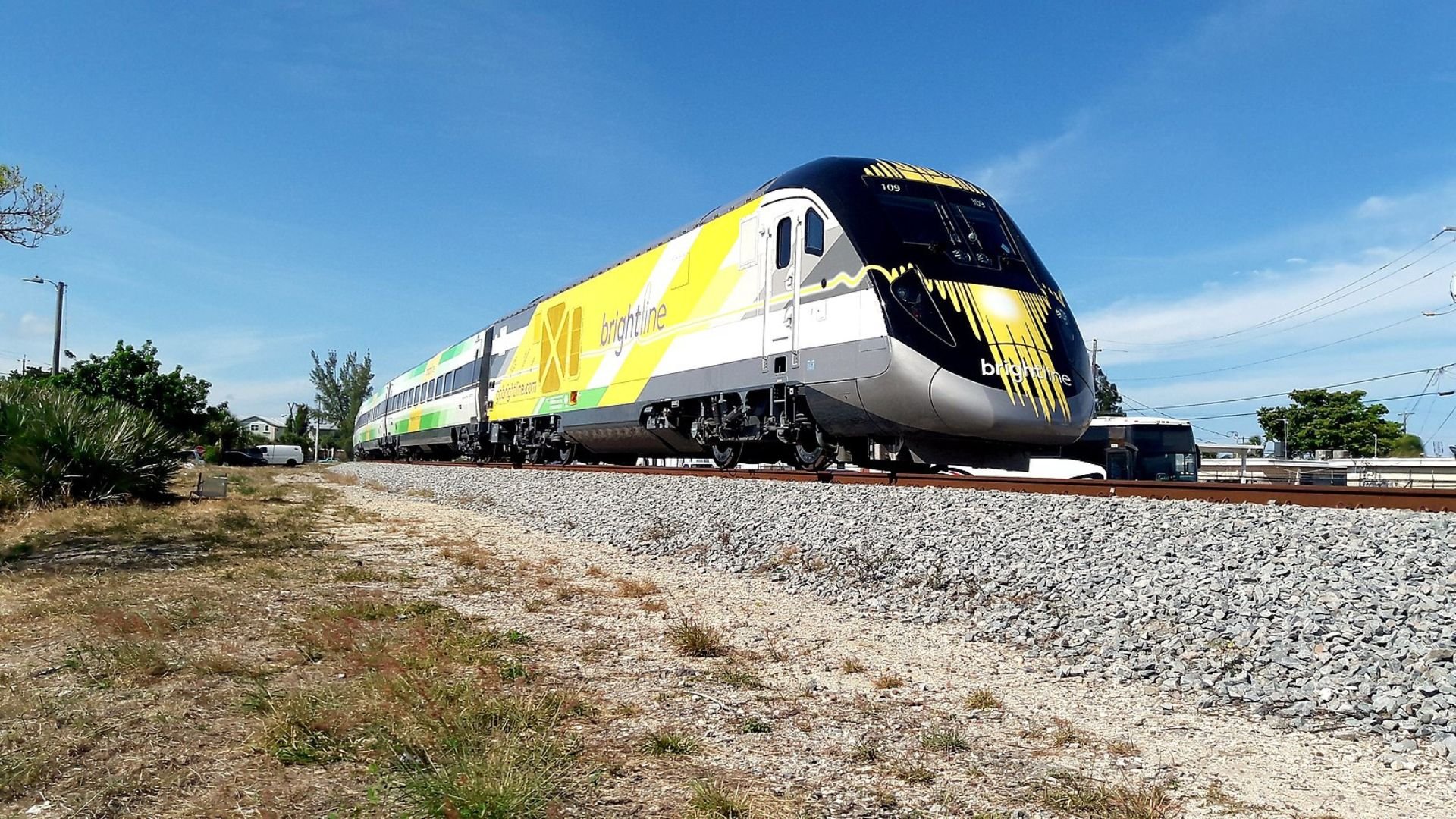
It’s clear that effective project management is critical in avoiding delays and managing costs in large-scale projects.
Lessons from the California high-speed rail project emphasize the importance of comprehensive planning, stakeholder engagement, and adaptive project execution strategies to prevent ending up with a rail bridge to nowhere.
Integration with California’s Transportation Network
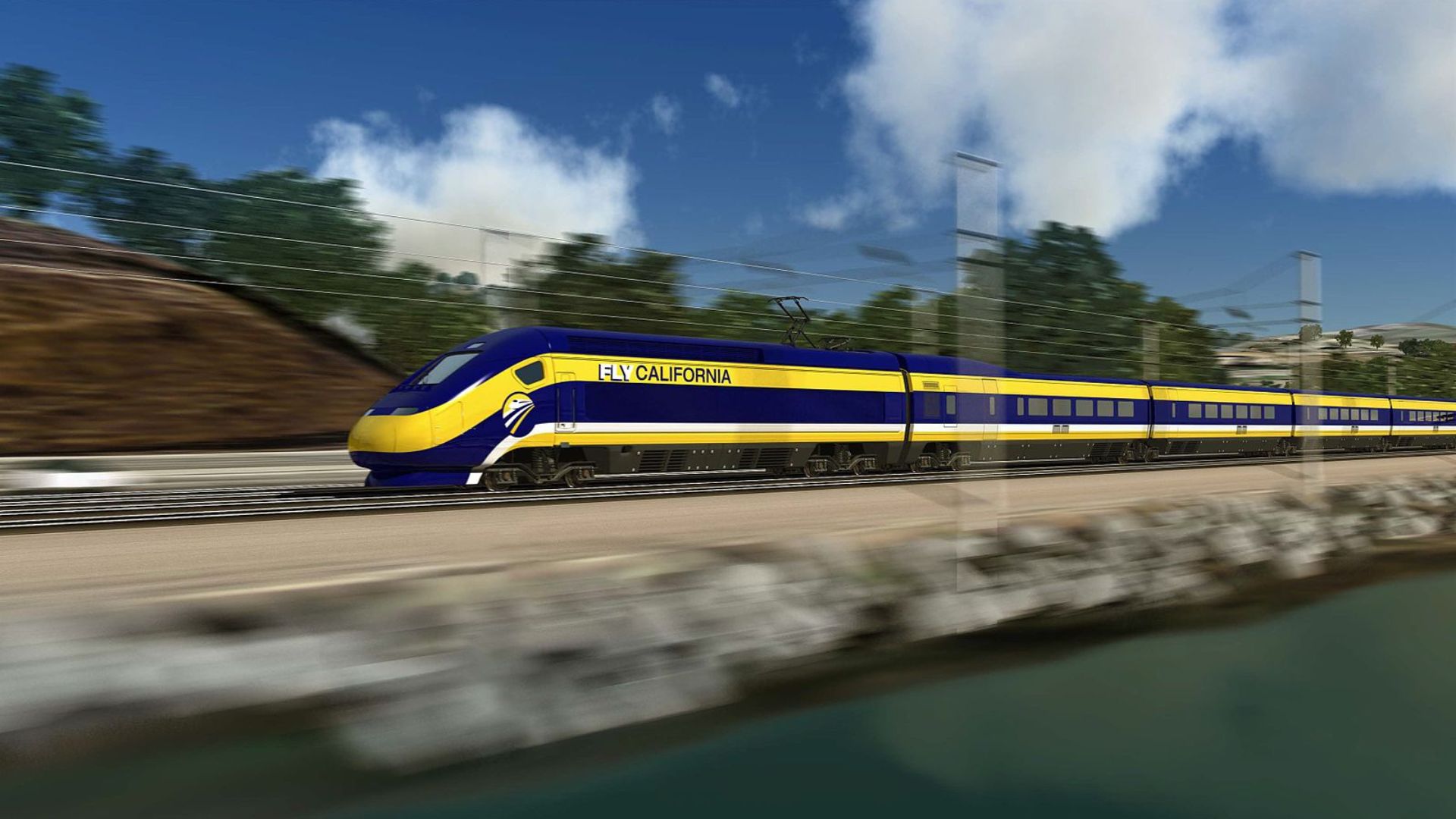
In theory, a high-speed rail could dramatically alter California’s transportation landscape by providing a high-speed link between major cities.
It would make sense for the state to help reduce road congestion and lower dependence on short-haul flights, contributing to a more streamlined and efficient transportation network.
Urban Development Influenced by Railways
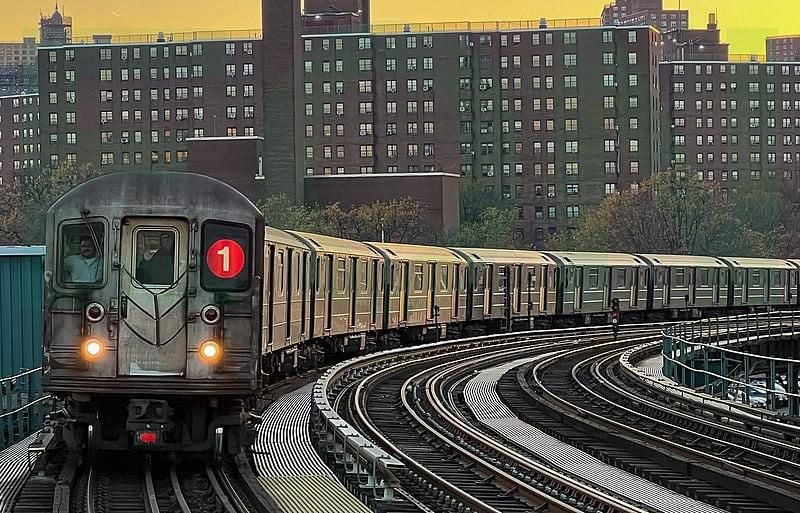
The development of high-speed rail stations can serve as catalysts for urban renewal, driving commercial and residential development in surrounding areas (via The NY Times).
This kind of transit-oriented development has the potential to reshape city landscapes, making urban areas more accessible and livable.
Media Influence on Public Perception of High-Speed Rail

Media coverage also plays a significant role in shaping public opinion about infrastructure projects.
The portrayal of California’s high-speed rail in the media has been mixed, with some focusing on the setbacks and others highlighting the potential benefits, which ultimately influences public sentiment and political support.
Future Scenarios for California’s High-Speed Rail
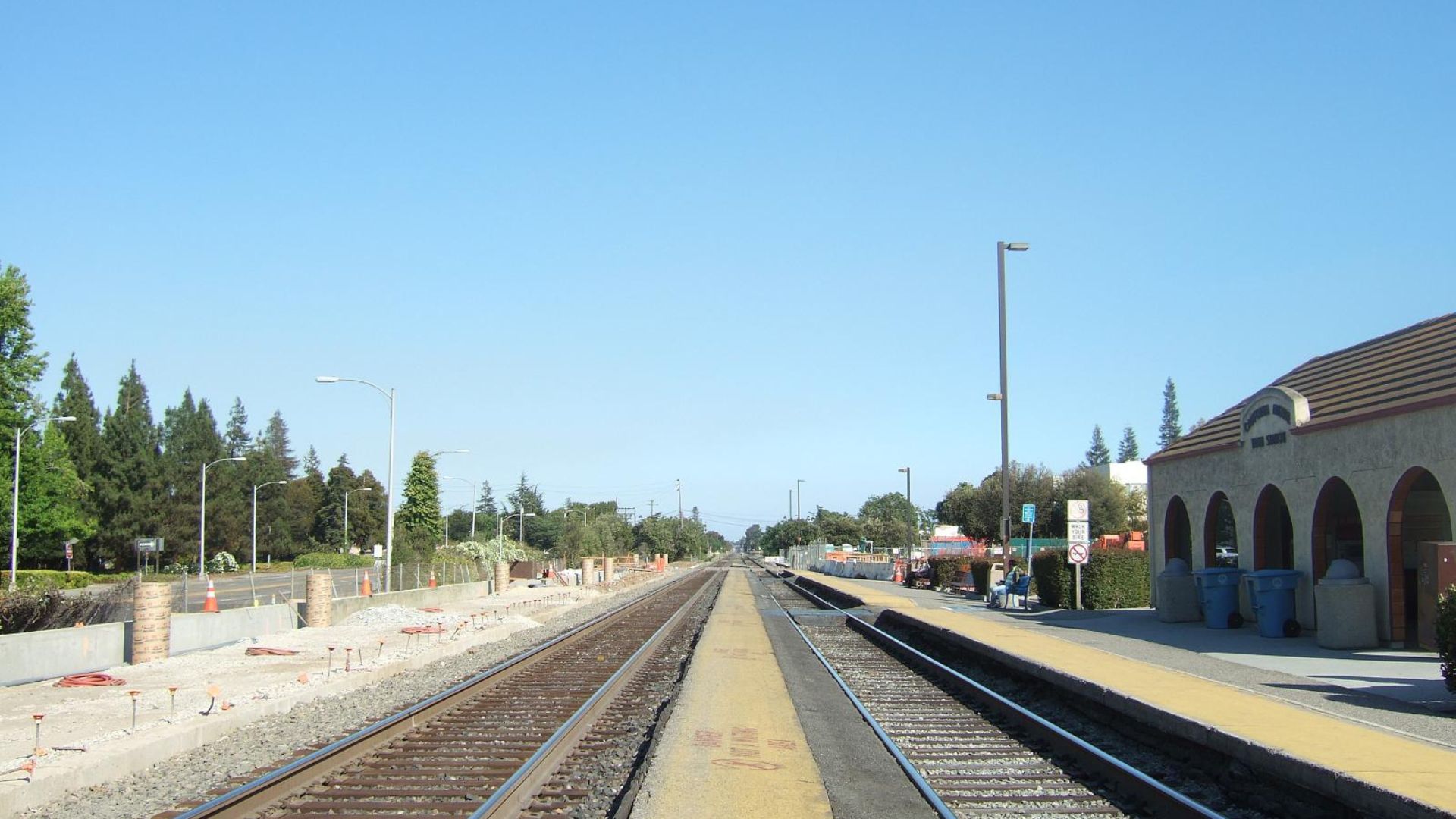
Looking ahead, the high-speed rail project faces several possible futures ranging from successful completion to potential stagnation.
Scenario planning can help stakeholders understand the implications of various outcomes, preparing them for strategic decisions that could shape the state’s transportation infrastructure for decades to come.
